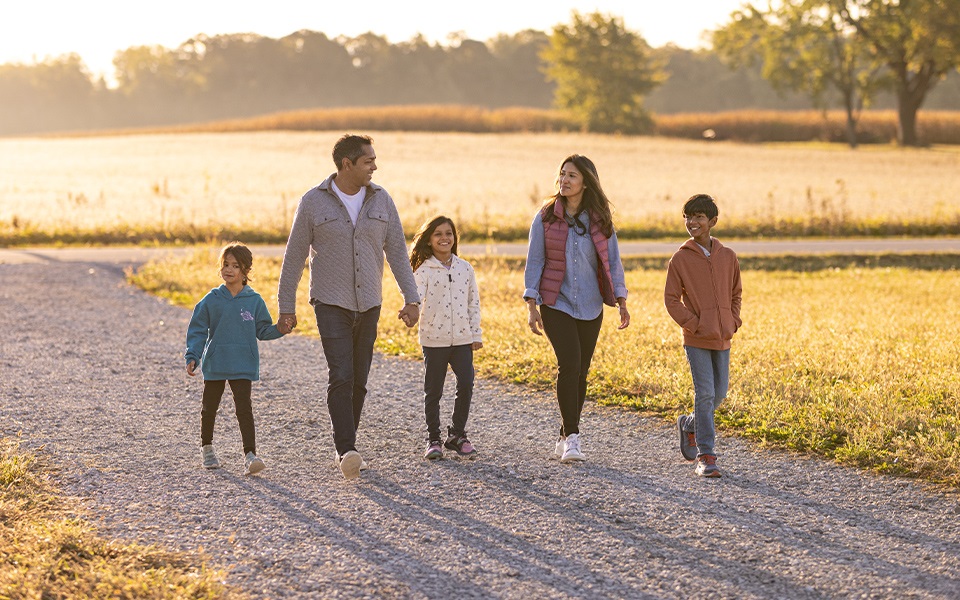Thinking of purchasing a rural property but don’t know where to start? Rural 1st is here to help. Whether you’ve bought land before or this is your first time, we know it can be intimidating. That’s why we’ve put together a handy checklist to give you peace of mind and guide you through the process.
Note your need-to-haves
Before you start visiting properties, you’ll want to have at least an idea of what you want in a lot for a future home build, bare land or an existing home. Make a list of non-negotiables and nice-to-haves, keeping in mind that no property will check every single box. Prioritize your wish list based on what’s most important to you—whether it’s location, amount of acreage or something else—and seek out the property that most aligns.
Consider costs
When looking at lots, you may encounter both bare land and properties with existing improvements such as a driveway, fencing, etc. Determine which is best for you based on what you’re planning to do with the property. For example, an undeveloped property will allow flexibility but could cost more in the long run, whereas partially improved land can give you a head start on any construction you have planned—especially if something costly, like a well, has already been installed. Work closely with your lender-approved contractor to understand what investment is needed to help bring your dream property to life.
Survey the surroundings
Be sure to actually walk any property you’re interested in to identify potential concerns. Keep an eye out for areas with poor drainage, waste that needs to be cleared or other hazards. Also, make sure you understand the boundary lines of the property. Depending on how you want to use the land, you may want to consider additional factors such as where the sun rises and sets, which direction the wind blows, etc.
Know the community
Once you’ve explored the property itself, it’s time to widen the lens. Check out the surrounding area and take note of factors like road conditions, cellular and internet accessibility, proximity to emergency services and reliability of the local utilities. If you have children, study up on the local school districts to confirm you understand your options.
Review regulations
You’ll want to review the zoning information if you’re purchasing a lot to understand how the land can be used. The respective county officials can help you understand whether or not a property meets the requirements for residential development based on local laws and building codes. Although you can file to change the existing zoning on a property you purchase, you will want to first understand possible resulting tax implications.
When you’re purchasing rural property or land with acreage, it’s important to work with professionals who understand rural living. Being the rural property finance experts means living out here, too, and we understand what it takes to finance your dreams—because we’ve done it.



